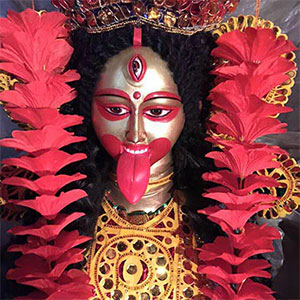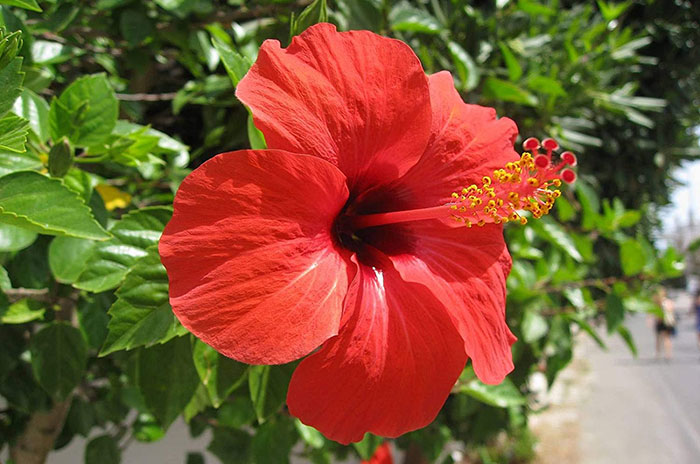Hibiscus Flower Symbolism Facts & Meaning: Zodiac, Superstitions, Dreams, and Legends
I
Hibiscus Flower Facts
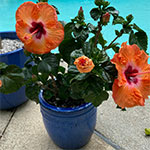
A famous quote from Mario Batali, “I put Hibiscus Flower in every cup of tea I have. It’s sweet, sexy, and cleansing.”
An accurate characterization of the Hibiscus, however, may not be quite enough, to sum up, the description of the flower. Hibiscus, in more detail– is colorful, diverse, vibrant, vivid, feminine, healing, romantic, to name a few. In fact, hardly an adequate attribute for more than 200 species of the Hibiscus. From the mallow family, Malvaceae, it grows in warm, subtropic, as well as tropic regions all over the world.
Regardless how common the plant, a few varieties are considered rare. Hibiscus fragilis, the “mandrinette”, is an extremely rare shrub and critically endangered plant species found on the mountains of Corps de Garde and Le Morne Brabant in Mauritius. The “mandrinette” is an evergreen with five bright pinks to carmine red petals that is 7 to 10 cm in diameter.
Besides the different types of Hibiscus, one way of characterizing the flower is by its ancestral species considering that many hybrids are now also cultivated in almost all continents.
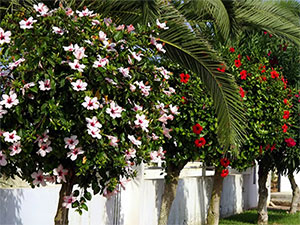
II
Hibiscus Flower Uses
There’s a lot of uses for the amazing flower. Hardly known around the world as a refreshing drink, it is actually served a lot in restaurants and even peddled on the streets of Egypt (locally known as Karkade). Moreover, Hibiscus is available in tea form which can be taken hot or cold, on its own, or mixed with lemon. It is also great in combination with cherries, or even ginger tea.
Since the flower itself is edible, Hibiscus is widely used as an ingredient in many recipes, mainly Mexican and Asian dishes. It is added to fresh salads, salsa, and tacos. Besides, it is a great colorant for ice cream, scones, and even shortbread and cakes.
Medicinal-wise, it boasts quite a lot of benefits for the body. Rich in antioxidants (beta-carotene, Vit C, and anthocyanin), it fights inflammation, lowers blood pressure, lowers cholesterol, fights bacteria, promotes weight loss, promotes hair regrowth, and also beneficial in the treatment of gastric ulcers. Some even suggest results in the prevention and intervention of Alzheimer’s disease and overall brain health.
Hibiscus is more commonly used as house decors, either potted or planted directly. These beauties are great for landscaping especially into hedges and shades. Hummingbirds and butterflies are found to be attracted to the flower.
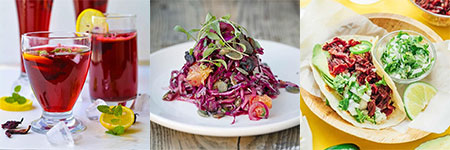
III
Hibiscus Flower History
The love for the flower has led the man, Ross Gaht, to travel the world in an expedition, not once but thrice. His expedition was recorded only through his letters to his friend Joe, who is the one in charge of the cuttings he sends from his expeditions. He wanted to uncover the true origin of the Hibiscus plant and the ancestor species and hybrids that are available around the world. A romance story of Hibiscus with Ross and Joe.
Early accounts date back to the Egyptians in the 1st century, as there are records of pharaohs being served a Hibiscus tea concoction.
However, to this date, it is still assumed that the origin of the Hibiscus would either be in China or India, or even Japan. The Chinese have taken hold of it through trade. Most records are of medicinal value where dried flowers have been used for medicinal tea. In the US, Hibiscus arnottianus, and Hibiscus waimeae, are two white-flowered species, believed to be native to Hawaii.
IV
Hibiscus Flower Positive Symbolism
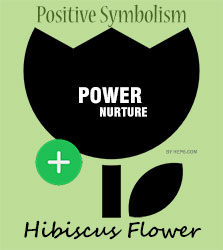
A balance of male and female energy. The Hibiscus symbolizes a healthy balance between these two genders. The male symbolizes power and the female symbolizes feminine nurturing.
V
Hibiscus Flower Negative Symbolism
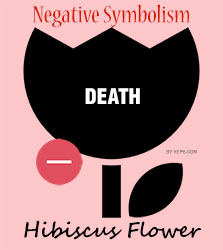
A negative symbolism of the flower comes only when it blooms out of season, as it may mean a warning of death.
VI
Hibiscus Flower Cultural Symbolism
In Puerto Rico, it is locally called the “Flor de Maga” national flower and the symbol of the country itself.
Korea, “Hibiscus syriacus” or ”Rose of Sharon” is the national flower. Locally called “mugunghwa”. “Mugung” means eternal or limitless abundance.
For China (South Central and South East), the Hibiscus cannabinus is popular in these areas, locally known as “kenaf”, a sign of fame, riches, glory, and splendor.
Malaysia’s “Hibiscus rosa-sinensis”, in 1960, declared it to be the country’s national flower. The red petals are a representation of the five Rukun Negara of Malaysia, a symbol of courage, life, and fast development of the country and its people.
Hawaii, Hibiscus brackenridgei, the yellow Hibiscus, was chosen as its national flower in 1988. It symbolizes beauty and joy.
In Haiti, the “Hibiscus rosa-sinensis” is an unofficial national flower in the country, where it has been used as a symbol to promote tourism.
Hibiscus sabdariffa of Egypt is known since ancient times as a “Drink of Pharaohs”, the concoction which in Arabic is called Karkade.
VII
Hibiscus Flower Zodiac Sign

A social flower, boasting in elegance, a favorite of bees, hummingbirds, and butterflies, Hibiscus displays to have the same characteristic as Sagittarius. Vibrant and bold, it is its zodiac counterpart.
VIII
Hibiscus Flower in Dreams
Dreaming of Hibiscus means a deep meaning in life. The vibrant and deep color of the Hibiscus is a representation of life and life’s journey.
A dream of the flower in vibrant color means luck in life. Hibiscus in bloom means happy, fulfilled, and comfy life. Receiving a bouquet may mean achievement and success.
Receiving dead Hibiscus means negative intentions but picking it up means prosperity in business, rewarded effort, and happy family. Although, a dream of Hibiscus in bloom then withers as you pick it up means bad misfortunes.
IX
Hibiscus Flower Omens and Superstitions
The flower is believed to be a family flower. However, not with so much superstition, there is a belief that says since the flower carries two genders, it is not for married couples to keep at their house.
X
Hibiscus Flower Mythology and Folklore
The goddess Kali is presented in Hindu mythology with red Hibiscus Flowers as offerings, representing her divine energy and prowess. It has been a ritual to offer Hibiscus rosa sinensis to the goddess Maa Kali on the Kali Puja festival, as celebrated on Dipannita Amavasya (new moon day) of the Hindu month Kartik.
